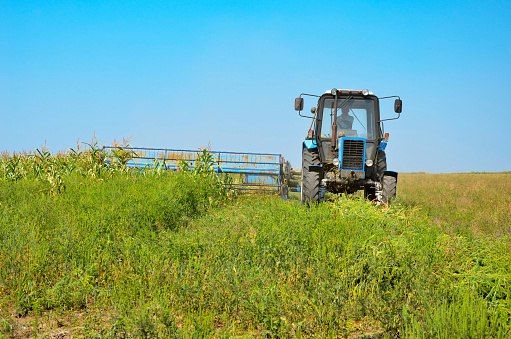Predicting the Future: How Agricultural Event Prediction Models are Revolutionizing Smart Farming
Agricultural Event Prediction Models sector is undergoing a significant transformation, driven by the integration of technology and data science. Smart agriculture, a concept encompassing a wide range of these advancements, aims to optimize resource use, improve yields, and enhance overall farm management. One crucial element of smart agriculture is the development of agricultural event prediction models.
These models leverage historical data and machine learning algorithms to forecast future events critical to crop health and farm operations. This article explores the potential of agricultural event prediction models, their applications, and the benefits they offer to farmers.
Understanding Agricultural Events
Agricultural events encompass a broad spectrum of occurrences that significantly impact crops and farm activities. Some key examples include:
- Pest and disease outbreaks: Predicting the likelihood and timing of pest infestations and disease outbreaks allows farmers to implement preventative measures and minimize crop damage.
- Yield forecasting: Accurately predicting crop yields empowers farmers to make informed decisions regarding resource allocation, market pricing, and storage requirements.
- Irrigation scheduling: By anticipating water needs based on weather forecasts and soil moisture data, farmers can optimize irrigation practices, conserve water resources, and prevent crop stress.
- Harvest readiness: Predicting the optimal harvest window ensures crops are picked at peak quality, maximizing market value and minimizing post-harvest losses.
The Power of Prediction: How Models Work
Agricultural event prediction models function by analyzing vast datasets containing historical weather data, soil information, crop growth patterns, and past farm operations. Machine learning algorithms, such as recurrent neural networks (RNNs) and support vector machines (SVMs), are then trained on this data. These algorithms identify complex relationships within the data and learn to recognize patterns that precede specific agricultural events.
Once trained, the model can be used to predict the likelihood and timing of future events. The model factors in real-time data streams like current weather conditions and sensor readings to refine its predictions and provide farmers with actionable insights.
Applications Across the Farm
The potential applications of agricultural event prediction models are extensive and can benefit various aspects of farm operations:
-
Improved Pest and Disease Management: Early and accurate forecasts of pest and disease outbreaks allow for targeted preventive measures like biological controls or timely application of pest control solutions. This minimizes the need for broad-spectrum pesticides, promotes sustainable practices, and safeguards crop health.
-
Enhanced Yield Optimization: Accurate yield predictions empower farmers to plan resource allocation more effectively. For example, knowing the expected yield allows for pre-selling a portion of the crop, securing better market prices, and ensuring adequate storage facilities are available.
-
Water Conservation and Efficient Irrigation: By predicting irrigation needs based on weather forecasts and soil moisture data, farmers can optimize water usage and prevent overwatering or underwatering. This not only conserves valuable water resources but also prevents crop stress and potential yield loss.
-
Informed Harvest Planning: Predicting the optimal harvest window for various crops enables farmers to optimize harvesting schedules, ensuring produce reaches consumers with maximum freshness and quality. This translates to higher market value and reduced post-harvest losses.
Building a More Resilient Future for Agriculture
The adoption of agricultural event prediction models holds immense potential for the future of agriculture. By enabling proactive decision-making, these models empower farmers to:
- Reduce risks and improve farm resilience: By anticipating potential threats like pest outbreaks or unfavorable weather conditions, farmers can implement preventative measures and mitigate risks associated with crop loss.
- Optimize resource utilization: More precise predictions on crop yields and irrigation needs allow for efficient resource allocation, minimizing waste and maximizing resource utilization.
- Increase agricultural sustainability: By promoting targeted pest control, optimized irrigation, and informed harvest practices, these models contribute towards more sustainable agricultural practices and environmental protection.
Conclusion Agricultural Event Prediction Models
Agricultural event prediction models represent a significant advancement in the realm of smart agriculture. As the models evolve and data collection becomes more sophisticated, their predictive capabilities will continue to refine, offering farmers even greater control and resilience within a dynamic agricultural landscape. By embracing these technological advancements, farmers can usher in a new era of informed decision-making, resource optimization, and sustainable agricultural practices, ultimately ensuring a more secure and productive future for the agricultural sector.




